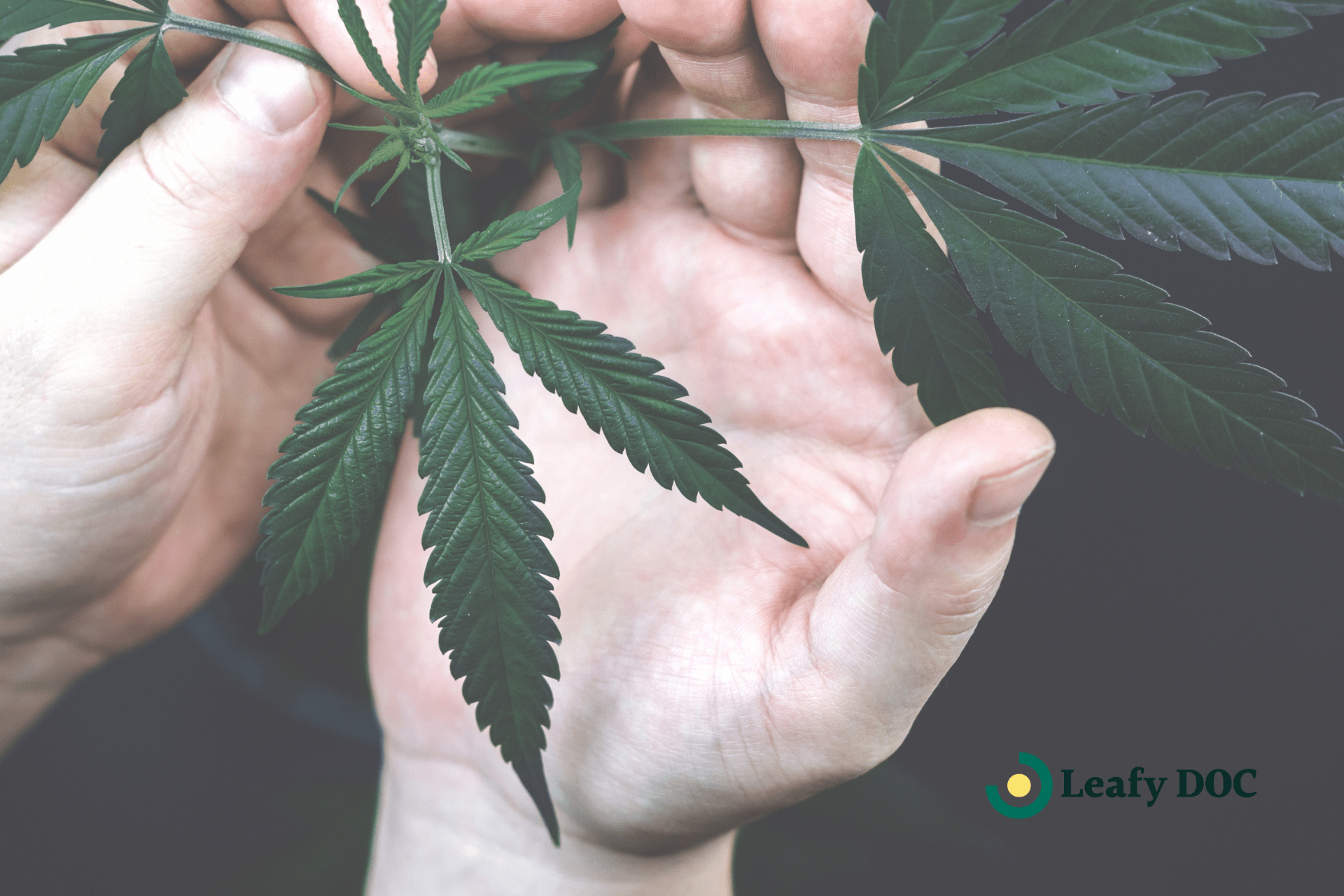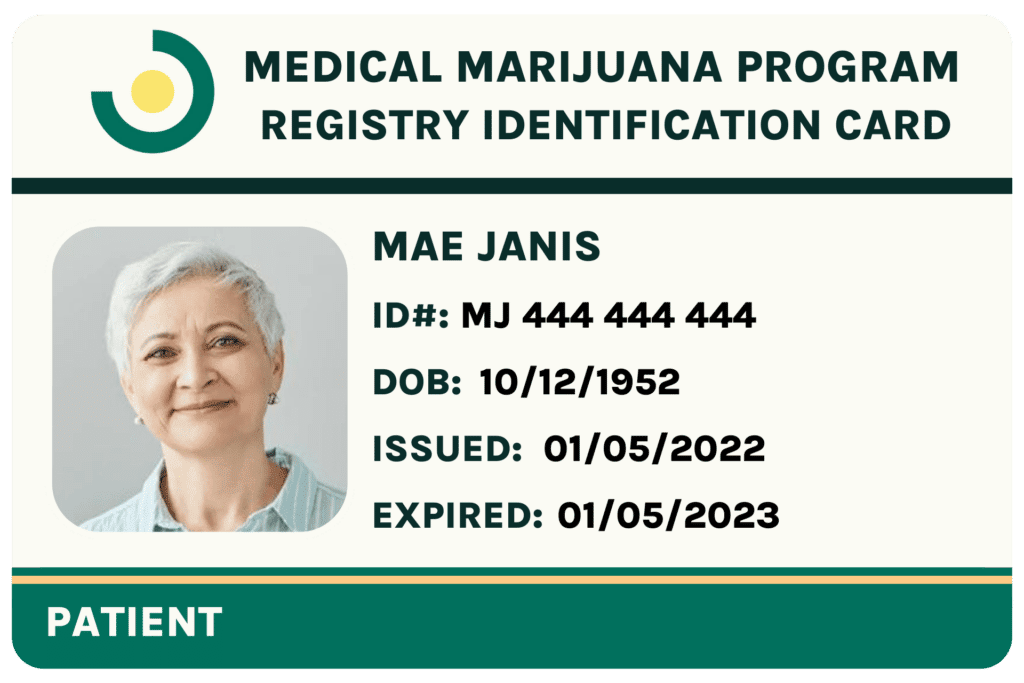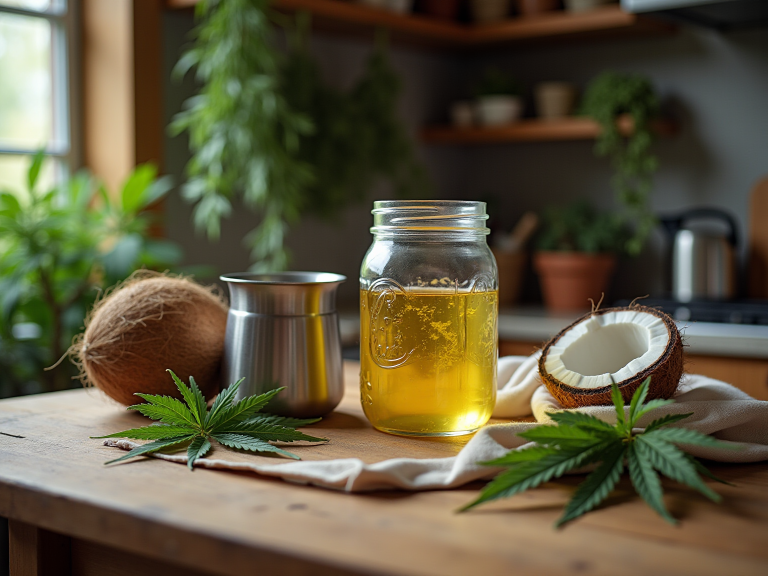Impact of Adult-Use Cannabis Legalization on Teen Marijuana Use
by Tayyaba Amir · March 11, 2025
The legalization of adult-use cannabis has been a hotly debated topic for years. One of the biggest concerns raised by critics is the potential for increased teen marijuana use. Opponents say that making cannabis legal for adults could normalize its use. They worry it might make it easier for minors to get. However, recent data…

The legalization of adult-use cannabis has been a hotly debated topic for years. One of the biggest concerns raised by critics is the potential for increased teen marijuana use.
Opponents say that making cannabis legal for adults could normalize its use. They worry it might make it easier for minors to get. However, recent data suggests otherwise. Contrary to fears, states that have legalized adult-use cannabis have seen a decline in teen marijuana consumption.
This trend raises important questions: Why is teen marijuana use decreasing? How does legalization affect the availability and perception of cannabis among young people? What does this mean for medical cannabis patients, as shifting policies often influence their access to cannabis?
In this article, we will look at national and state data. We will explore why teen marijuana use is declining. We will also discuss what this means for medical cannabis patients and policy talks.
National Trends in Teen Marijuana Use
Recent studies from national health and drug use surveys show a clear drop in teen marijuana use over the last ten years. This decline coincides with the wave of cannabis legalization across the United States.
The Centers for Disease Control and Prevention (CDC) and the Monitoring the Future (MTF) survey track drug use trends in teens. They reported a big drop in youth marijuana use from 2011 to 2023.
- A 2021 Monitoring the Future survey found that past-month marijuana use among 12th graders dropped from 22% in 2011 to 16% in 2021.
- The National Survey on Drug Use and Health (NSDUH) has similarly reported declines in cannabis use among adolescents in legalized states.
- A report from the Marijuana Policy Project (MPP) shows some interesting findings. In 19 out of 21 states with data, youth cannabis use decreased. This happened after adult-use cannabis was legalized.
These findings challenge the argument that legalizing cannabis leads to increased underage use. The data shows that well-regulated cannabis markets, age limits, and public awareness help reduce teen marijuana use.
State-Specific Data
While national trends are useful, looking at individual states that have legalized cannabis provides a clearer picture of how legalization affects teen marijuana use.
Colorado
- One of the first states to legalize recreational cannabis in 2012, Colorado has seen a steady decline in teen marijuana consumption.
- Data from the Healthy Kids Colorado Survey shows that past 30-day marijuana use among high school students dropped from 22% in 2011 to 12.8% in 2023, marking a 42% decrease.
Washington
- Another early adopter, Washington state legalized recreational cannabis in 2012.
- The Washington State Healthy Youth Survey reported that marijuana use among 12th graders fell from 26.3% in 2010 to 16.3% in 2023, a 38% decline.
- Other legalized states, including Oregon, California, and Nevada, have shown similar trends. This suggests that the decline in teen cannabis use is not rare but rather a broader pattern emerging in states with regulated markets.
What could be the possible explanations for the decline?
Given the data, the question remains: Why is teen marijuana use declining despite increasing adult access to cannabis? Several factors may be at play:
Regulated Markets Reduce Access
Legalization moves cannabis sales from unregulated dealers to licensed dispensaries with strict age verification processes. Unlike illegal sellers, dispensaries must comply with state laws that prohibit sales to anyone under 21. This shift reduces the likelihood of teens obtaining marijuana through illegal sources.
Changing Perceptions Among Youth
Less Rebellion Appeal: When cannabis was illegal, it held a certain appeal as a rebellious or unconventional activity. Now that companies regulate and market it primarily to adults, the appeal for teenagers may have diminished.
More Education: With legalization comes increased public awareness campaigns about the risks of underage marijuana use. Schools and public health organizations have invested in educating teens about the effects of cannabis on brain development.
Increased Parental and Social Awareness
As cannabis becomes a mainstream topic, parents are more informed and likely to discuss responsible use with their children. Research suggests that teens whose parents discuss drug risks with them are less likely to use them.
Stronger Law Enforcement on Underage Sales
States with legal cannabis markets have strict regulations to prevent underage access. Many states impose heavy penalties on dispensaries that fail to check IDs. Additionally, compliance checks and undercover operations help ensure that businesses follow the law.
How Legalization Affects Medical Cannabis Patients
The legalization of adult-use cannabis has significant implications for medical cannabis patients. From reducing stigma to improving access, regulation has led to safer products, expanded healthcare discussions, and potential policy advancements. Here’s how legalization is shaping the future of medical cannabis.
Reduced Stigma Around Medical Cannabis
One concern among medical cannabis patients has been the stigma associated with cannabis use. The fear that legalization would lead to increased teen use has fueled opposition in some states. The data showing that young people are using less cannabis may change how the public thinks. This could help reduce resistance to medical cannabis programs.
Easier Access for Patients
With cannabis becoming more mainstream, many states are improving access to medical cannabis for patients. Some benefits include:
- More dispensaries offering lab-tested and regulated products.
- Expanded qualifying conditions, making it easier for patients to receive medical cannabis recommendations.
- Lower costs in some areas due to increased competition and reduced regulatory burdens.
Policy and Legal Considerations
More states are realizing that legalizing cannabis does not increase underage use. Because of this, it may become easier to expand medical cannabis programs. Policymakers who were once unsure about medical cannabis may now support laws that protect patient rights. They were worried about youth access before.
Better Product Quality and Safety Regulations
Legalization leads to tighter product safety regulations, benefiting medical patients who need consistent, high-quality cannabis for treatment. With strict testing and labeling requirements, patients have:
- Clearer potency information to help with dosing.
- Assurance that products are free from contaminants like pesticides and heavy metals.
- More access to alternative consumption methods such as tinctures, topicals, and capsules.
Impact on Insurance and Healthcare Acceptance
As medical cannabis becomes more accepted, some states are beginning to explore:
- Insurance coverage options for cannabis-based treatments.
- Greater acceptance by doctors and healthcare professionals, leading to more open discussions about cannabis as a treatment option.
Research and Innovation in Medical Cannabis
With cannabis becoming more widely legalized, researchers have more opportunities to study its medical benefits. This could lead to:
- New cannabis-based medications have been developed for pain, epilepsy, PTSD, and more.
- More clinical trials that help legitimize cannabis in mainstream medicine.
- Greater public understanding of how cannabis interacts with other medications and conditions.
Future Trends in Cannabis Legalization and Youth Use
With the continued expansion of cannabis legalization, future trends will likely be shaped by:
- More research into how policies impact youth behavior.
- Stronger enforcement of age restrictions to prevent underage access.
- Ongoing public education efforts to inform parents, educators, and teens about responsible cannabis use.
As the industry grows, policymakers must balance public health issues with the benefits of a regulated cannabis market.
Expert Opinions
Experts from various fields have weighed in on the impact of legalization on youth marijuana use.
- Nora Volkow, Director of the National Institute on Drug Abuse (NIDA), has stated that “so far, legalization has not led to an increase in teen marijuana use, which is a positive outcome.”
- Beau Kilmer, a researcher at the RAND Corporation, has suggested that regulation and education play crucial roles in shaping teen drug use trends.
- Reports from the American Public Health Association (APHA) emphasize that public health campaigns and strict dispensary regulations are key factors in preventing underage cannabis use.
These expert insights support the idea that legalizing and regulating cannabis can help manage public health issues.
The Bigger Picture
The data overwhelmingly supports the conclusion that legalizing adult-use cannabis does not lead to increased teen marijuana use. In fact, it corresponds with a decline. States with well-regulated markets, strong enforcement measures, and educational efforts have successfully reduced youth cannabis consumption.
For medical cannabis patients, these findings are significant. Reducing stigma, improving product availability, and changing policies all help create a better environment for medical cannabis users.
As cannabis laws change, research and smart policies will be important. They will help adult-use and medical cannabis programs work well and keep public health safe.
Last Updated: March 11, 2025
Get Approved for Your Medical Marijuana Card in Minutes!

Get Your Medical Card
Connect with a licensed physician online in minutes

Like This Article?
Share with your friends
Table of Contents
Keep Reading
-
Infuse Coconut Oil: A Step-by-Step Guide for Pain Relief
Discover how to infuse coconut oil for effective pain relief and enhanced wellness.
-
Exploring The Benefits Of CBD Oil For Sleep Disorders
Experience the transformative power of CBD oil for sleep disorders. Wake up refreshed and say goodbye to sleepless nights with this natural remedy. Click here to discover how CBD oil can improve your sleep!
-
How Do I Get A Medical Marijuana Card in Ohio
How do I get a medical marijuana card in Ohio? The first step is to talk to your doctor about whether medical marijuana is right for your condition.



